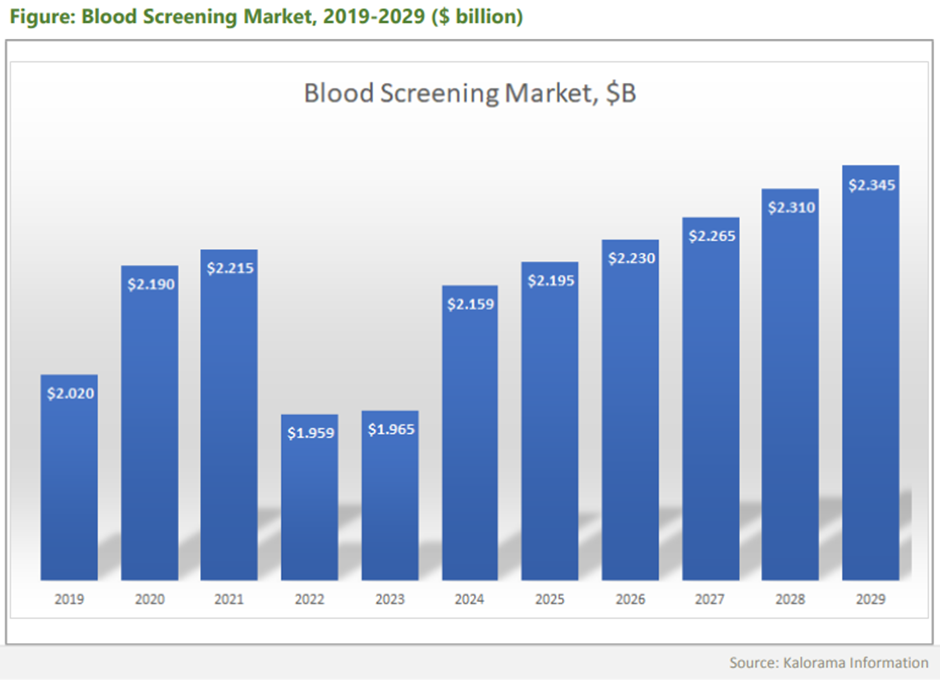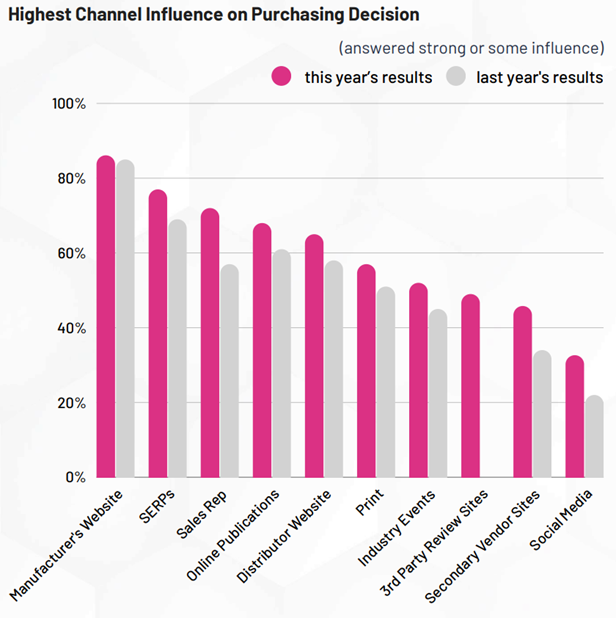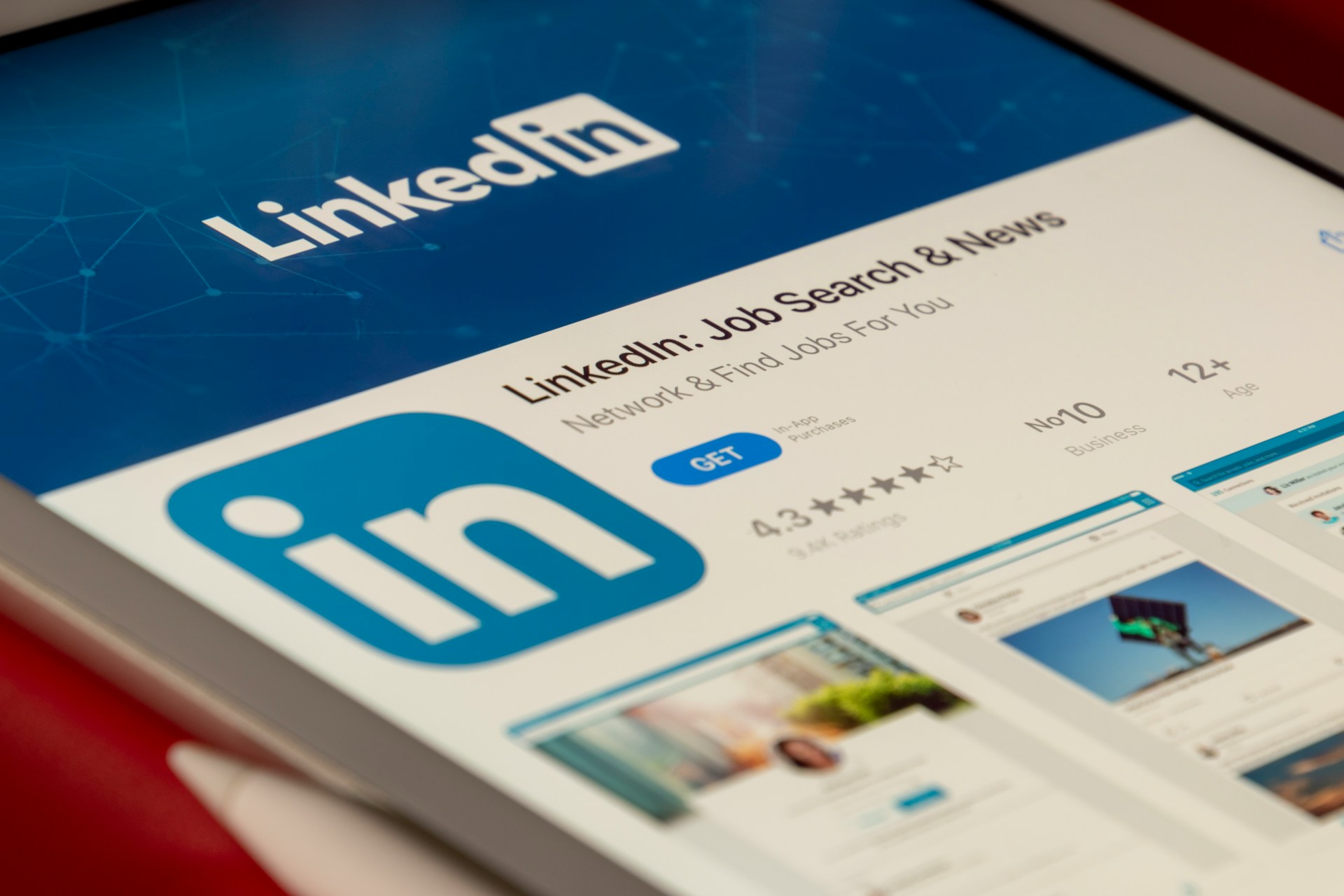What's all the fuss about inbound marketing?
Do you keep hearing the term inbound marketing and wondering what it really means? Is it yet another code word used among marketers aiming to exclude anyone else from their ‘gang’? We had the same scepticism when we first heard the term a few years ago.
We’ve long since been helping our b2b clients navigate the many modern marketing terms such as content marketing, influencer marketing, partner marketing, remarketing, smarketing, experiential marketing, etc. thrown at them by colleagues, media and other vendors, often in an attempt to catch them out. We generally feel that they are in fact code words for describing well established or evolving marketing practices that many companies are already doing and doing well. With inbound marketing, we initially felt the same way. Inbound marketing is just good practice and well executed online marketing, it’s nothing new – or is it?
Originally coined in 2005 by the CEO of HubSpot, Brian Halligan, the term is still not very concisely defined in our opinion, which leads to some of the mysticism and confusion that is still out there.
According to HubSpot themselves, inbound marketing is ‘an approach focused on attracting customers through content and interactions that are relevant and helpful – not interruptive’.
That’s a bit long-winded! In principle, HubSpot says that it is the opposite of traditional ‘outbound’ or scattergun marketing approaches. That concept, we feel, makes it a little bit easier to digest for newcomers. Other definitions that can be found online include:
- Inbound marketing is the process of attracting the attention of prospects, via content creation, before they are even ready to buy. (Lead G2)
- Inbound marketing is a strategy that focuses on attracting customers, or leads, via company-created internet content, thereby having potential customers come to the company rather than marketers vying for their attention. (Search CRM)
- Inbound marketing is a technique for drawing customers to products and services via content marketing, social media marketing, search engine optimisation and branding. (Wikipedia)
- Inbound marketing is a strategy that utilises many forms of pull marketing – content marketing, blogs, events, SEO, social media and more – to create brand awareness and attract new business. (Marketo)
As communications experts, we wanted to try to define inbound marketing in a clear and concise way. So here goes... To us, ‘Inbound marketing aims to grow your online following, lead pipeline and sales’. Of course, we could spend another few minutes explaining how it does this, but overall, we feel this summarises the benefits of inbound, which is the first thing anyone considering it would surely be interested in.
For many years, we have been delivering integrated sales and marketing programmes, with an ever growing emphasis on lead generation and conversion. There are few b2b organisations now who separate marketing from sales and that’s why the principles, methodology and philosophy of inbound are catching fire. At its heart, inbound takes many of the great things going on in marketing-centric organisations and uses online techniques to get the right messages in front of the right people at the right time, compelling them to get in touch. The measurable nature of inbound techniques, like email marketing and lead nurturing, is such that marketers can:
- Provide sales-ready leads to commercial teams and
- Clearly demonstrate how different marketing efforts contribute to sales success.
These are two of the most important and sought after results for many of the organisations we speak to and represent. The potential to nurture and upsell to existing customers – a sales strategy that is often removed from marketing’s remit – via inbound should also not be overlooked
So, while many of the principles and techniques of inbound marketing are not new, its potential to change the way organisations think about marketing and how it connects with sales and customers, make it much more than a code word in our opinion.
To find out how inbound marketing can help you to turn visitors/followers into leads, customers and promoters, contact us for a free, no-obligation consultation or download our new eBook.







